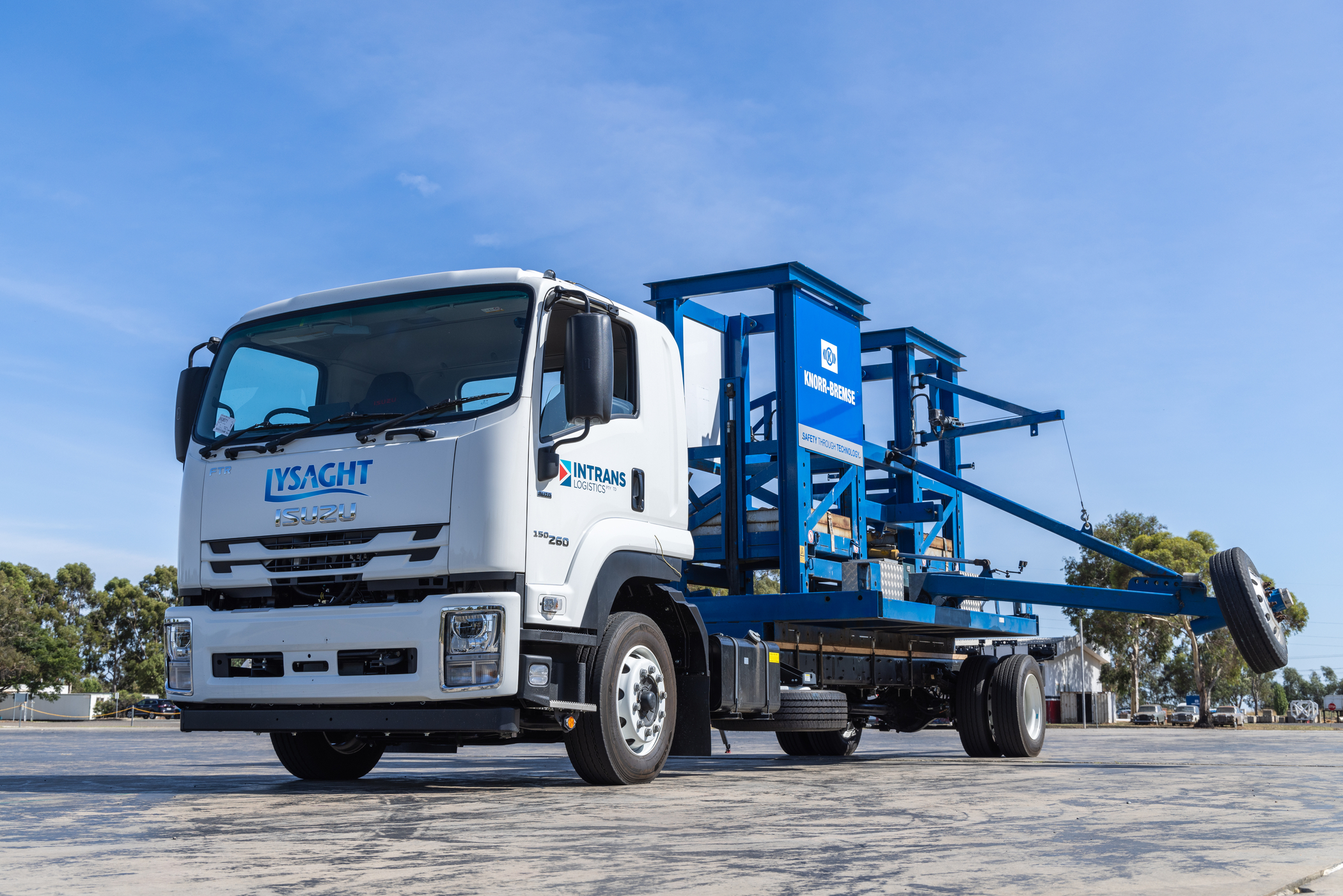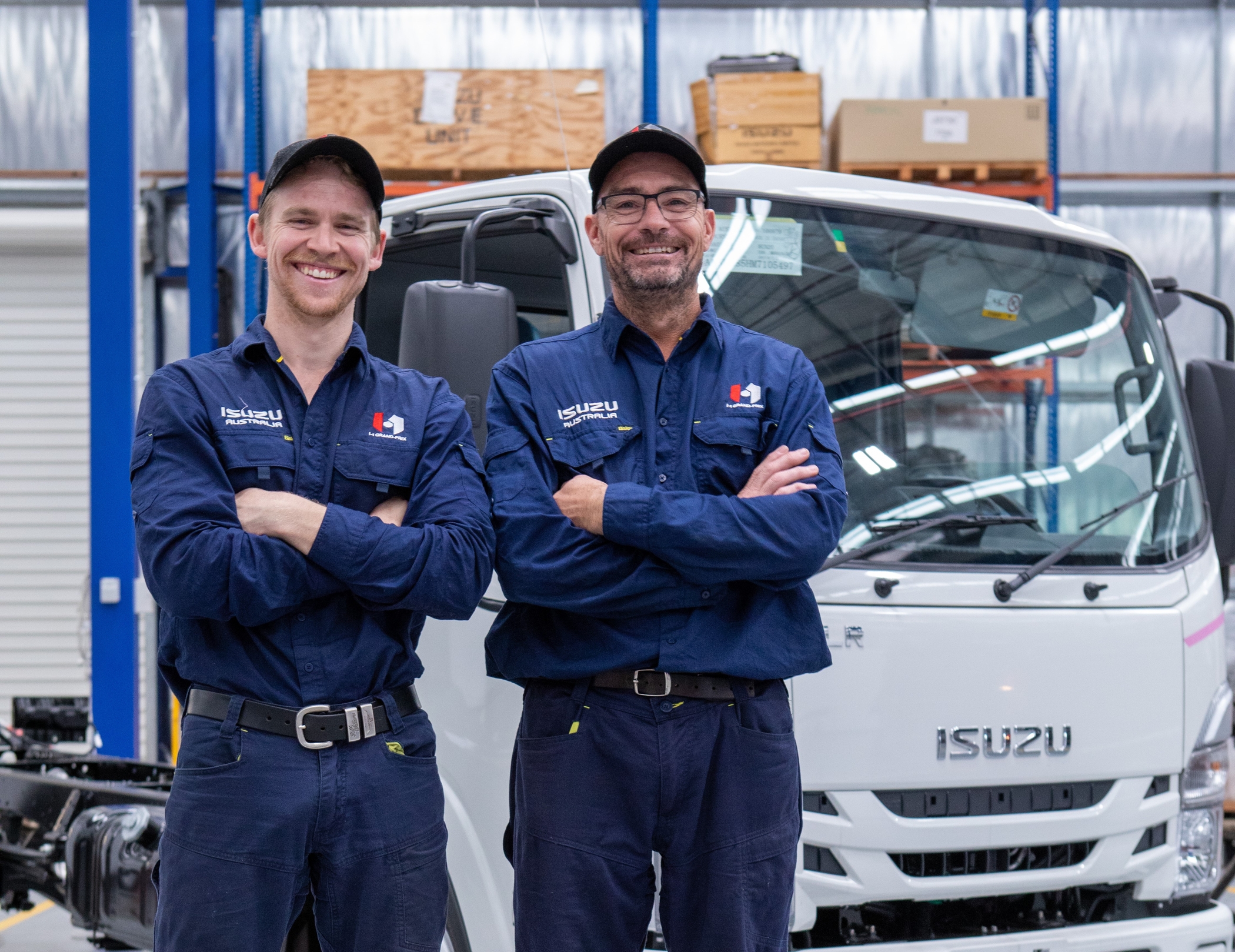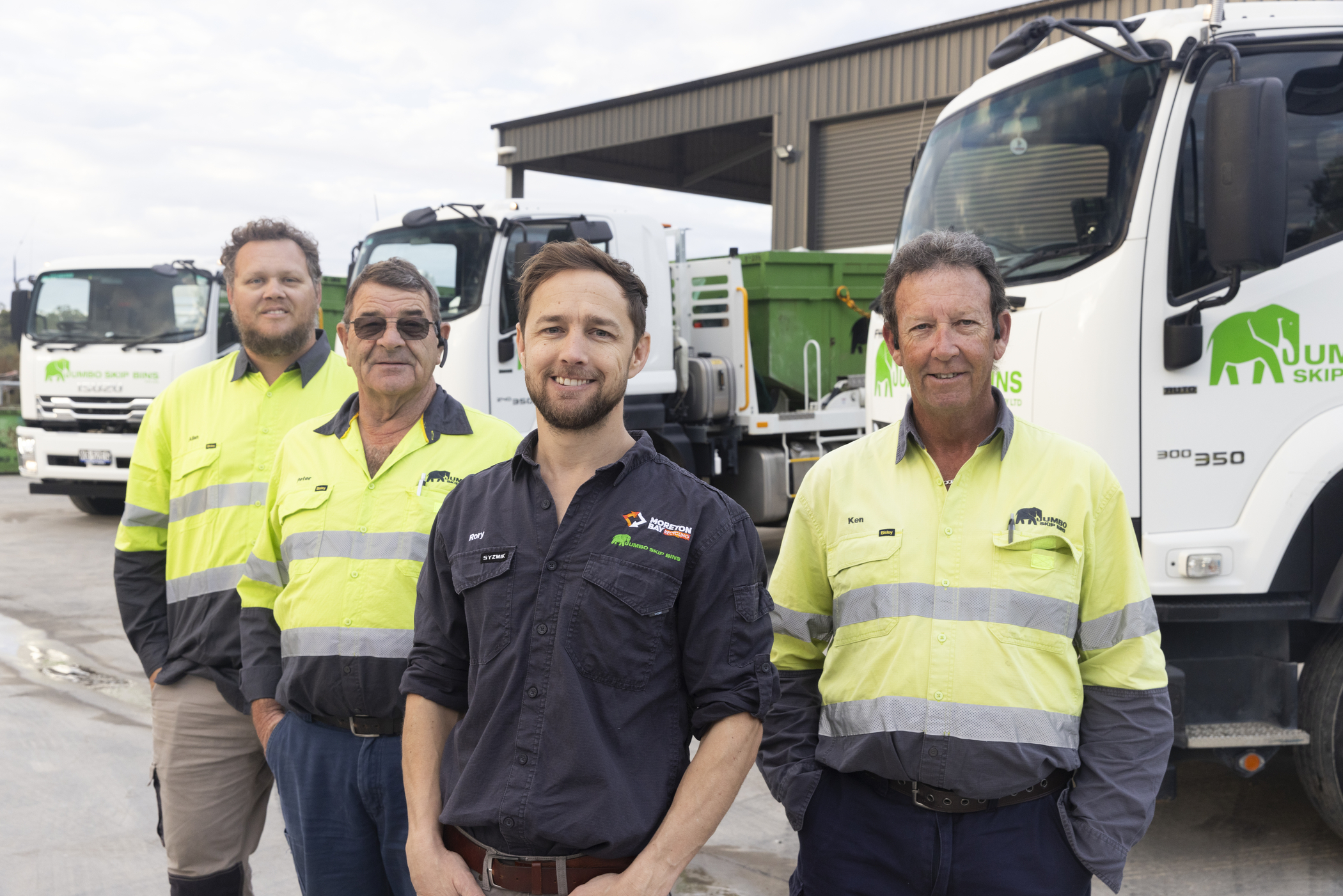Snapshot Of Sustainable Road Transport Solutions

Sustainable transport—it’s the hot topic. And as industries move towards greener technology, the road transport industry is no exception.
Let’s take a look at some of the continually evolving sustainable transport options available.
Alternative fuels
As the name suggests, alternative fuels are fuels that stray away from traditional fossil fuel sources. They can be derived from ethanol, natural gas, electricity, biodiesel, methanol and many other materials.
Vehicles using alternative fuels, especially advanced biofuels, have been proven to provide significant emissions reductions benefits compared to those using fossil fuels. Unfortunately, the development of alternative fuels as a power source equal to traditional fuels has not yet reached parity.
In Europe and the USA, alternative fuel sources are being widely tested, with multiple research trials conducted to further unlock the potential of sustainable transport solutions. Trials of heavy-duty hybrid vehicles, where liquid petroleum gas (LPG) engines fully replaces or is integrated with traditional diesel fuelled engines, have shown significant promise; some dual-fuel, diesel-LPG engines report a 20 per cent saving on fuel costs and up to 90 per cent reduction of some emissions.
 Electric vehicles
Battery-powered EVs, as the name suggests, use power stored in a battery to produce power for an electric vehicle engine. Electric vehicles do not lack power, but contrary to their fossil fuel counterparts, they are currently not suitable for a variety of industry applications, especially those that require on-the-go immediacy or long-haul transport.
EVs utilise lithium-ion (Li-ion) batteries, which are often composed from nickel, manganese and cobalt. Like the rechargeable batteries in your phone, lithium-ion batteries are recharged through a station—essentially a wall socket and plug for your EV is needed.
Charging time varies between EV vehicles, depending on the size of the battery and the speed of the charging point; charging can take as little as 30 minutes or more than 12 hours.
Charging times are predicted to improve as infrastructure and technology around EV advances.
And to accommodate the growing electric vehicle (EV) market, China, USA, Norway and some other European countries are developing infrastructure, with more charging stations and electric vehicles being seen on the roads every year. In the Asia-Pacific region, electric vehicle fast-charging networks are high priority initiatives for countries like Australia and New Zealand. Meanwhile, China’s charging network increases exponentially, with the growth of charging stations surging 50.5 per cent in May this year alone.
Biodiesel
Biodeisel is another (re-)emerging alternative fuel source that’s considered renewable. The name refers to fuels made from biological ingredients, such as recycled vegetable oil.
The most useful characteristic of biodiesel is that it can be used in normal diesel engines with little to no modifications required.* Biodiesel is most commonly combined with standard diesel for fuel efficiency, but it can also be used on its own.
*Please check with your vehicle manufacturer.
Natural gas
Compressed natural gas (CNG) has seen steady growth worldwide, with around 16.7 million vehicles utilising CNG or other natural gas as fuel. This figure is a ten-fold increase since 2000.
CNG is predominantly composed of methane and stored in a gas tank attached to the vehicle. CNG has a narrow flammability range and is lighter than air, allowing it to disperse easily in the case of accidental leakage.
Ethanol
Produced by the fermentation of sugars inside crops like corn and soybeans, ethanol is a combustible liquid already used to power engines.
When you see an E10 pump at the station, it means the fuel contains 10 per cent ethanol and 90 per cent petrol—an E100 pump would mean that the fuel is 100 per cent pure ethanol.
Ethanol’s issue right now is that it takes more energy to create than it produces. The energy needed to grow crops and convert them to ethanol requires 29 per cent more energy than what the same amount of ethanol produces.
Hybrid vehicles
Hybrid vehicles take the best of both worlds, with a longer running cycle than a solely electric vehicle, but a better environmental output than a solely petrol-powered one.
Hybrids use two or more different types of fuel/power, delivering benefits such as improved idle-performance, better vehicle efficiency.
Electric vehicles
Battery-powered EVs, as the name suggests, use power stored in a battery to produce power for an electric vehicle engine. Electric vehicles do not lack power, but contrary to their fossil fuel counterparts, they are currently not suitable for a variety of industry applications, especially those that require on-the-go immediacy or long-haul transport.
EVs utilise lithium-ion (Li-ion) batteries, which are often composed from nickel, manganese and cobalt. Like the rechargeable batteries in your phone, lithium-ion batteries are recharged through a station—essentially a wall socket and plug for your EV is needed.
Charging time varies between EV vehicles, depending on the size of the battery and the speed of the charging point; charging can take as little as 30 minutes or more than 12 hours.
Charging times are predicted to improve as infrastructure and technology around EV advances.
And to accommodate the growing electric vehicle (EV) market, China, USA, Norway and some other European countries are developing infrastructure, with more charging stations and electric vehicles being seen on the roads every year. In the Asia-Pacific region, electric vehicle fast-charging networks are high priority initiatives for countries like Australia and New Zealand. Meanwhile, China’s charging network increases exponentially, with the growth of charging stations surging 50.5 per cent in May this year alone.
Biodiesel
Biodeisel is another (re-)emerging alternative fuel source that’s considered renewable. The name refers to fuels made from biological ingredients, such as recycled vegetable oil.
The most useful characteristic of biodiesel is that it can be used in normal diesel engines with little to no modifications required.* Biodiesel is most commonly combined with standard diesel for fuel efficiency, but it can also be used on its own.
*Please check with your vehicle manufacturer.
Natural gas
Compressed natural gas (CNG) has seen steady growth worldwide, with around 16.7 million vehicles utilising CNG or other natural gas as fuel. This figure is a ten-fold increase since 2000.
CNG is predominantly composed of methane and stored in a gas tank attached to the vehicle. CNG has a narrow flammability range and is lighter than air, allowing it to disperse easily in the case of accidental leakage.
Ethanol
Produced by the fermentation of sugars inside crops like corn and soybeans, ethanol is a combustible liquid already used to power engines.
When you see an E10 pump at the station, it means the fuel contains 10 per cent ethanol and 90 per cent petrol—an E100 pump would mean that the fuel is 100 per cent pure ethanol.
Ethanol’s issue right now is that it takes more energy to create than it produces. The energy needed to grow crops and convert them to ethanol requires 29 per cent more energy than what the same amount of ethanol produces.
Hybrid vehicles
Hybrid vehicles take the best of both worlds, with a longer running cycle than a solely electric vehicle, but a better environmental output than a solely petrol-powered one.
Hybrids use two or more different types of fuel/power, delivering benefits such as improved idle-performance, better vehicle efficiency.
 Hydrogen-powered vehicles
Hydrogen fuel can be produced from a variety of resources such as natural gas, coal, biomass, solar and wind. It’s considered a clean fuel; when used as fuel, it produces only water as a by-product.
Hydrogen-powered vehicles seem set to be the next big thing. Some have dubbed hydrogen to be a winning solution compared to battery-powered vehicles like EVs and hybrids, since hydrogen vehicles are cleaner and quick to refuel.
We all love innovative technology that makes life better and easier. But what’s your take on autonomous transport? Have a read of our article on it.
Hydrogen-powered vehicles
Hydrogen fuel can be produced from a variety of resources such as natural gas, coal, biomass, solar and wind. It’s considered a clean fuel; when used as fuel, it produces only water as a by-product.
Hydrogen-powered vehicles seem set to be the next big thing. Some have dubbed hydrogen to be a winning solution compared to battery-powered vehicles like EVs and hybrids, since hydrogen vehicles are cleaner and quick to refuel.
We all love innovative technology that makes life better and easier. But what’s your take on autonomous transport? Have a read of our article on it.

 Electric vehicles
Battery-powered EVs, as the name suggests, use power stored in a battery to produce power for an electric vehicle engine. Electric vehicles do not lack power, but contrary to their fossil fuel counterparts, they are currently not suitable for a variety of industry applications, especially those that require on-the-go immediacy or long-haul transport.
EVs utilise lithium-ion (Li-ion) batteries, which are often composed from nickel, manganese and cobalt. Like the rechargeable batteries in your phone, lithium-ion batteries are recharged through a station—essentially a wall socket and plug for your EV is needed.
Charging time varies between EV vehicles, depending on the size of the battery and the speed of the charging point; charging can take as little as 30 minutes or more than 12 hours.
Charging times are predicted to improve as infrastructure and technology around EV advances.
And to accommodate the growing electric vehicle (EV) market, China, USA, Norway and some other European countries are developing infrastructure, with more charging stations and electric vehicles being seen on the roads every year. In the Asia-Pacific region, electric vehicle fast-charging networks are high priority initiatives for countries like Australia and New Zealand. Meanwhile, China’s charging network increases exponentially, with the growth of charging stations surging 50.5 per cent in May this year alone.
Biodiesel
Biodeisel is another (re-)emerging alternative fuel source that’s considered renewable. The name refers to fuels made from biological ingredients, such as recycled vegetable oil.
The most useful characteristic of biodiesel is that it can be used in normal diesel engines with little to no modifications required.* Biodiesel is most commonly combined with standard diesel for fuel efficiency, but it can also be used on its own.
*Please check with your vehicle manufacturer.
Natural gas
Compressed natural gas (CNG) has seen steady growth worldwide, with around 16.7 million vehicles utilising CNG or other natural gas as fuel. This figure is a ten-fold increase since 2000.
CNG is predominantly composed of methane and stored in a gas tank attached to the vehicle. CNG has a narrow flammability range and is lighter than air, allowing it to disperse easily in the case of accidental leakage.
Ethanol
Produced by the fermentation of sugars inside crops like corn and soybeans, ethanol is a combustible liquid already used to power engines.
When you see an E10 pump at the station, it means the fuel contains 10 per cent ethanol and 90 per cent petrol—an E100 pump would mean that the fuel is 100 per cent pure ethanol.
Ethanol’s issue right now is that it takes more energy to create than it produces. The energy needed to grow crops and convert them to ethanol requires 29 per cent more energy than what the same amount of ethanol produces.
Hybrid vehicles
Hybrid vehicles take the best of both worlds, with a longer running cycle than a solely electric vehicle, but a better environmental output than a solely petrol-powered one.
Hybrids use two or more different types of fuel/power, delivering benefits such as improved idle-performance, better vehicle efficiency.
Electric vehicles
Battery-powered EVs, as the name suggests, use power stored in a battery to produce power for an electric vehicle engine. Electric vehicles do not lack power, but contrary to their fossil fuel counterparts, they are currently not suitable for a variety of industry applications, especially those that require on-the-go immediacy or long-haul transport.
EVs utilise lithium-ion (Li-ion) batteries, which are often composed from nickel, manganese and cobalt. Like the rechargeable batteries in your phone, lithium-ion batteries are recharged through a station—essentially a wall socket and plug for your EV is needed.
Charging time varies between EV vehicles, depending on the size of the battery and the speed of the charging point; charging can take as little as 30 minutes or more than 12 hours.
Charging times are predicted to improve as infrastructure and technology around EV advances.
And to accommodate the growing electric vehicle (EV) market, China, USA, Norway and some other European countries are developing infrastructure, with more charging stations and electric vehicles being seen on the roads every year. In the Asia-Pacific region, electric vehicle fast-charging networks are high priority initiatives for countries like Australia and New Zealand. Meanwhile, China’s charging network increases exponentially, with the growth of charging stations surging 50.5 per cent in May this year alone.
Biodiesel
Biodeisel is another (re-)emerging alternative fuel source that’s considered renewable. The name refers to fuels made from biological ingredients, such as recycled vegetable oil.
The most useful characteristic of biodiesel is that it can be used in normal diesel engines with little to no modifications required.* Biodiesel is most commonly combined with standard diesel for fuel efficiency, but it can also be used on its own.
*Please check with your vehicle manufacturer.
Natural gas
Compressed natural gas (CNG) has seen steady growth worldwide, with around 16.7 million vehicles utilising CNG or other natural gas as fuel. This figure is a ten-fold increase since 2000.
CNG is predominantly composed of methane and stored in a gas tank attached to the vehicle. CNG has a narrow flammability range and is lighter than air, allowing it to disperse easily in the case of accidental leakage.
Ethanol
Produced by the fermentation of sugars inside crops like corn and soybeans, ethanol is a combustible liquid already used to power engines.
When you see an E10 pump at the station, it means the fuel contains 10 per cent ethanol and 90 per cent petrol—an E100 pump would mean that the fuel is 100 per cent pure ethanol.
Ethanol’s issue right now is that it takes more energy to create than it produces. The energy needed to grow crops and convert them to ethanol requires 29 per cent more energy than what the same amount of ethanol produces.
Hybrid vehicles
Hybrid vehicles take the best of both worlds, with a longer running cycle than a solely electric vehicle, but a better environmental output than a solely petrol-powered one.
Hybrids use two or more different types of fuel/power, delivering benefits such as improved idle-performance, better vehicle efficiency.
 Hydrogen-powered vehicles
Hydrogen fuel can be produced from a variety of resources such as natural gas, coal, biomass, solar and wind. It’s considered a clean fuel; when used as fuel, it produces only water as a by-product.
Hydrogen-powered vehicles seem set to be the next big thing. Some have dubbed hydrogen to be a winning solution compared to battery-powered vehicles like EVs and hybrids, since hydrogen vehicles are cleaner and quick to refuel.
We all love innovative technology that makes life better and easier. But what’s your take on autonomous transport? Have a read of our article on it.
Hydrogen-powered vehicles
Hydrogen fuel can be produced from a variety of resources such as natural gas, coal, biomass, solar and wind. It’s considered a clean fuel; when used as fuel, it produces only water as a by-product.
Hydrogen-powered vehicles seem set to be the next big thing. Some have dubbed hydrogen to be a winning solution compared to battery-powered vehicles like EVs and hybrids, since hydrogen vehicles are cleaner and quick to refuel.
We all love innovative technology that makes life better and easier. But what’s your take on autonomous transport? Have a read of our article on it.



Playtime’s over, get $3,500* to spend on extras.
If you’re ready to get serious about tackling bigger jobs, grab yourself an NLR 45-150 AMT SWB Traypack from the Ready-to-Work range for $62,990 drive away*. And to prove we aren’t playing, buy any NLR Traypack before June 30 and you’ll get $3,500* to spend on genuine accessories or an Essentials service agreement.
Learn more



